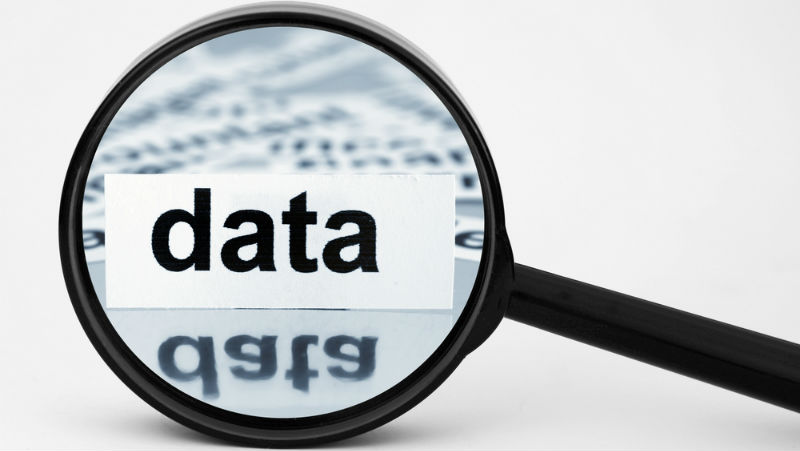3 steps to achieving B2B sales intelligence
How can B2B companies scale effectively?

It’s well documented that successful business expansion can come with a range of challenges. For many B2B organisations, it is the need to rapidly scale their sales teams, operations and output that becomes the biggest stumbling block to future growth.
From misaligned sales teams to inadequate CRM contact data, few B2B companies have a model that can scale effectively. But how can an organisation efficiently source good quality leads and fuel a strong sales pipeline? Change is essential if organisations are to create an efficient, scalable outbound B2B sales team that can meet ambitious growth targets.
But how can this change be achieved? James Isilay, CEO, Cognism, outlines 3 steps B2B organisations can take to revolutionise their sales operations.

Step 1: Measure the entire sales funnel
In reality, a good sales model is based on a very clear process: source good leads, contact them, make the sales pitch and manage the deal to closure. Organisations need to understand the sales funnel in detail; from the support given to Sales Development Rep (SDR), to how many calls they need to make to secure one demo appointment or meeting. Combine this with the number of calls a SDR can make each day and you’ll have a clear understanding of the number of SDRs required to feed leads through to the direct sales team.
It is also important to identify how effective the organisation’s lead generation campaigns actually are: is marketing creating enough leads to support the development rep activity? If it’s not, organisations face the possibility of the entire process grinding to a halt. Is there an opportunity to do something better? For example, rather than rely on single channel outreach campaigns, a combination approach is proven to be far more effective. An email campaign will typically achieve a response rate of less than 5% - either positive or negative. Compare this to a blended prospecting model that combines emails with phone calls and social connection and the response rate is lifted to 80%. It’s a no-brainer really.
Step 2: Streamline sales efficiency
Any B2B sales organisation still relying on the traditional sales model with individuals tasked with completing every step of the sales process, has a very clear opportunity to become far more efficient. Without a fresh stream of accurate and timely contact and lead data, talented salespeople can’t be effective in their roles – from the wasted effort of calling individuals who are no longer in the role or company to the time spent updating CRM systems with the latest information, which shouldn’t be a necessary task.
With a source of accurate, fresh contact information, the CRM should be automatically updated with many of these key data points that reps can then use on the call. It is the ability to have as many conversations as possible that is key to achieving sales scale: rather than up to half an hour between calls, a slick sales operation can leave no more than a two-minute gap.
Sign up to the TechRadar Pro newsletter to get all the top news, opinion, features and guidance your business needs to succeed!
A metrics-based model reinforces the performance culture essential for successful scale, but the emphasis is not on quantity alone. Companies must leverage incentive models to ensure quantity is never achieved at the expense of quality – a SDR’s reward must be linked to the quality, not just the quantity of meetings booked.

Step 3: Improve data sourcing quality
CRM data degrades by the minute, leaving most sales teams using data that is 60% out of date. Improvements to the sales process must be supported by a completely different approach to data sourcing: static CRM is no longer good enough, B2B sales organisations need access to real-time, accurate and GDPR compliant data. With this quality of data resources, organisations can also explore sales acceleration tools to achieve faster sales cycles, bigger deals and higher close rates.
With real-time updates of data resources, the problems that have traditionally dogged sales teams – namely prospects moving job – suddenly become an opportunity. Timing is everything: it is not only important to know that someone has changed role and organisation but when. Contacts who have changed job can be flagged, enabling the SDR to contact this lead at the optimum moment in the sales and buying cycle.
The result? Sales intelligence
Essentially, following these steps creates sales intelligence: a business profile data source that extends across the globe and across every industry. It completely offsets the need to spend hours researching a lead, enabling sales teams to increase productivity and rapidly scale up sales activity. Targeted B2B lead generation campaigns can be based on a number of highly specific triggers, enabling the sales team to hone the pitch and further improve response. And the timeliness of this data is key, providing sales teams with the opportunity to exploit specific events, from funding rounds to geographic expansion, even a purchase of a technology – sales trigger data enables sales teams to target the right prospect at the right time.
James Isilay, CEO at Cognism
- We've also highlighted the best free cloud apps for business
James Isilay is the founder and CEO of Cognism. An inspirational and enterprising businessman who manages one of the fastest growing SaaS startups in London. An expert in lead generation, sales management and alpha discovery using algorithmic technologies, natural language processing and machine learning.
He is responsible for developing an event-based approach to lead generation, sales management and alpha discovery using algorithmic technologies, natural language processing and machine learning.
